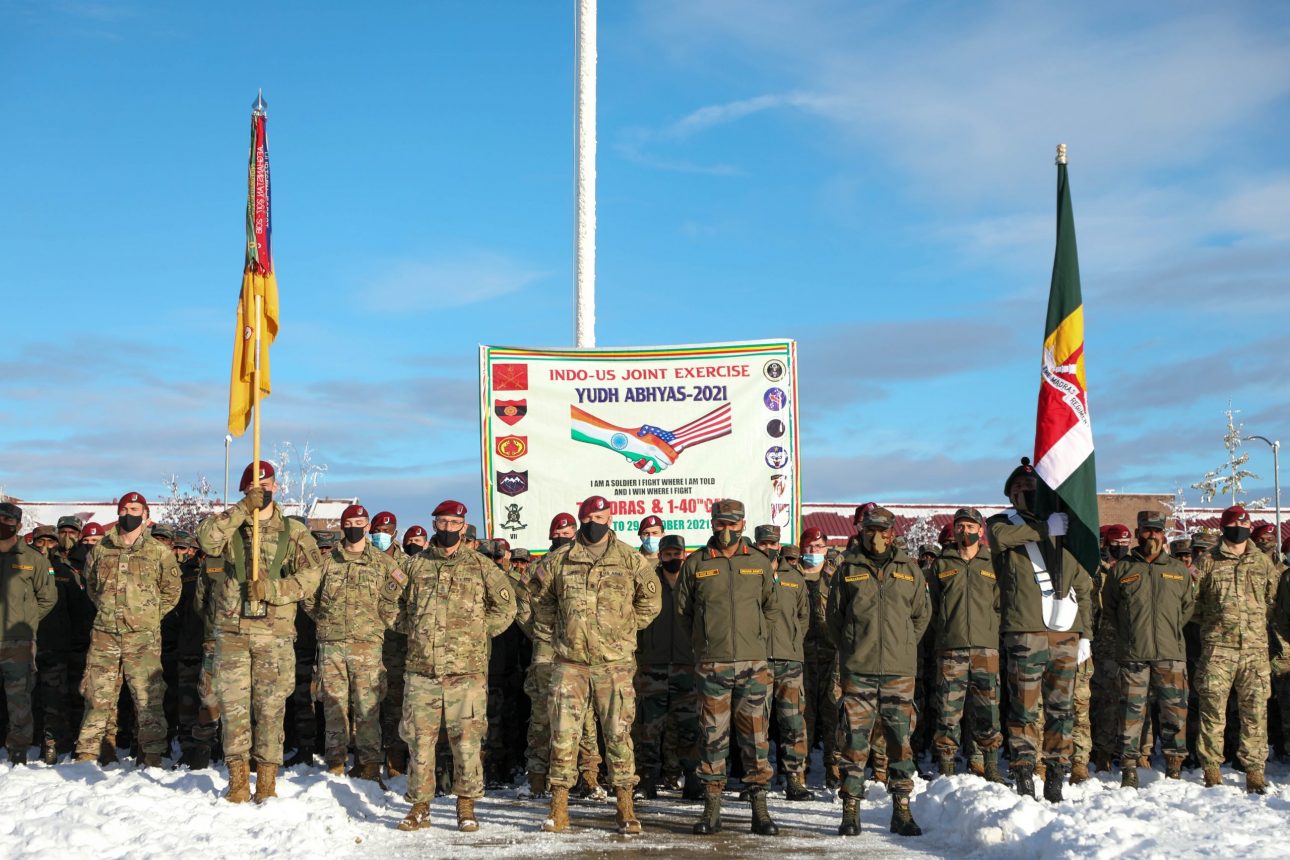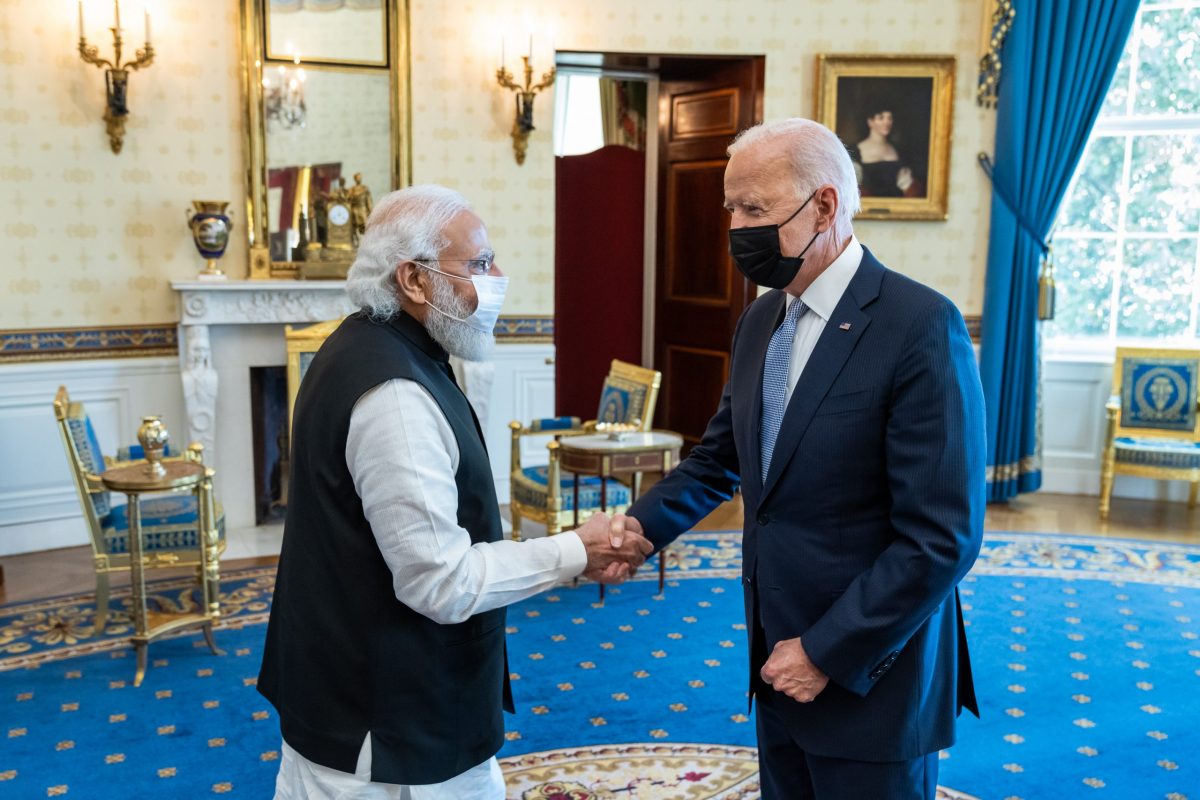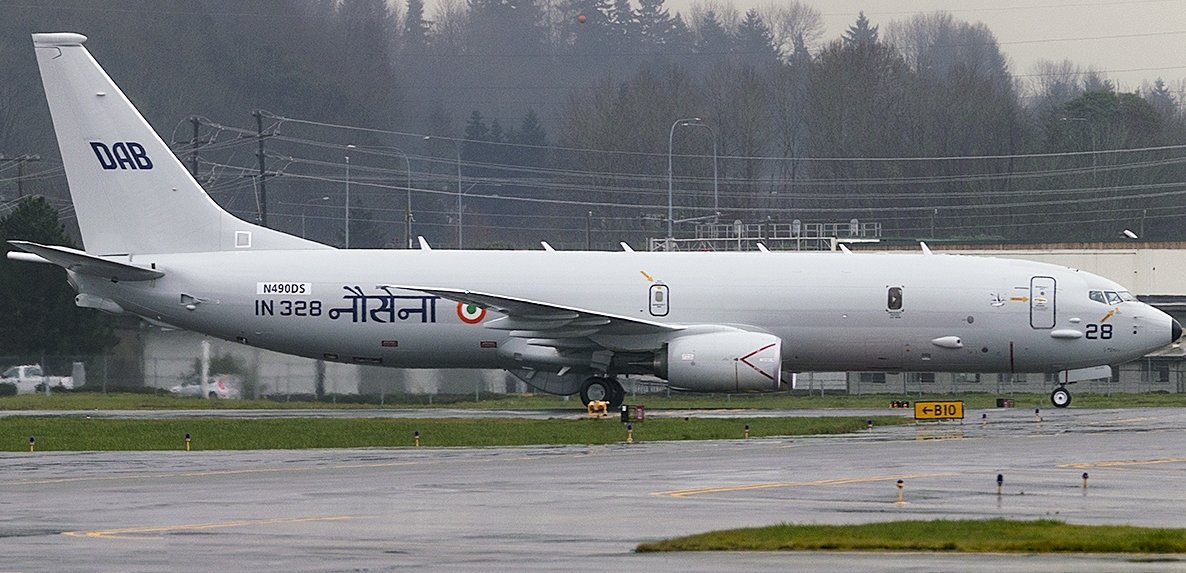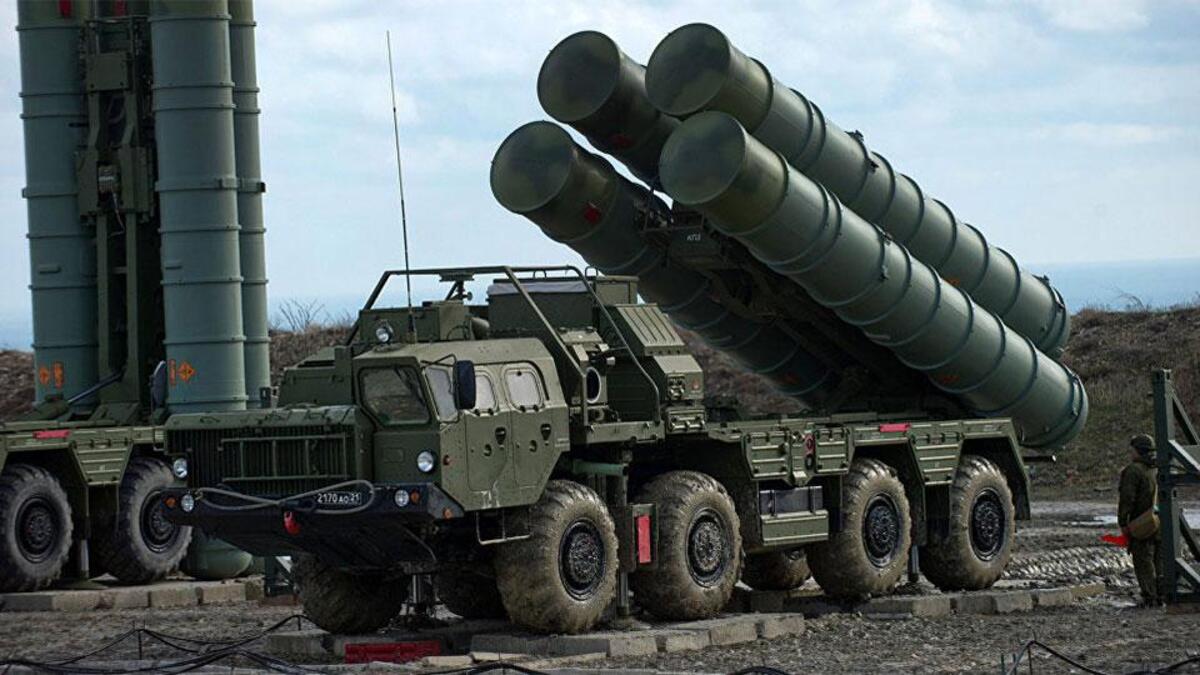Despite their sharp differences on the issue of the Russian invasion of Ukraine, India and the United States (US) have decided to take their overall or comprehensive bilateral ties to a higher pedestal.
Security cooperation in this relationship is a vital element, with the US indicating to have a relook at its current prioritization of the “Pacific” portion of its Indo-Pacific Strategy and strengthening India’s maritime capabilities in the Indian Ocean part of the Indo-Pacific to deal with the rising Chinese power.
This message was loud and clear after the recent virtual summit between US President Joe Biden and Indian Prime Minister Narendra Modi, followed by what was the fourth 2+2 Ministerial Dialogue, involving Secretary of State Antony J. Blinken, Secretary of Defense Lloyd J. Austin III and their respective Indian counterparts Rajnath Singh and S. Jaishankar at Washington, D.C., on April 11, 2022.
Thoroughly underplayed in the Indian and international media (In fact, it was hardly mentioned), the joint statement of the 2+2 Ministerial Dialogue that was released on April 12 was of as many as 4326 words.
A look at this made it apparent that Indo-US relations are not one-dimensional to be affected by differences over Ukraine. It talked of a plethora of subjects, ranging from security to science and technology to space to health to climate change to clean energy education to innovation and supply chains to cyber security to artificial intelligence to counterterrorism and narcotics, which the two countries are working on together and further collaborating in future.

US-India Defense Partnership
In this important document, Indo-US Defence and Security cooperation consumed as many as 731 words. Four points made on the subject are particularly noteworthy.
One, the two countries have reaffirmed their ambitions for building “an advanced and comprehensive defense partnership in which the U.S. and Indian militaries coordinate closely together across all domains”, including space, artificial intelligence (AI), and cyber.
They have also underscored the importance of cooperation in space and planned to conduct an inaugural Defense Space Dialogue and an inaugural AI Dialogue this year to harness opportunities for joint innovation and cooperation.
Two, India and the United States have underlined the importance of building a comprehensive framework under which their militaries are equipped to exchange information in real-time across domains.
There will now be more joint service cooperation between the two militaries to support integrated and multi-domain cooperation. Both the nations have reaffirmed the importance of regular bilateral and multilateral exercises, including the MALABAR exercise with the inclusion of Australia, the tri-service TIGER TRIUMPH exercise, the multilateral MILAN naval exercise, the bilateral YUDH ABHYAS and VAJRA PRAHAR Army exercises, the bilateral COPE India air exercise, and Indian participation in RED FLAG. They have also decided to deepen cooperation between their Special Forces.

Incidentally, India is going to co-host with the United States the Indo-Pacific Armies Chiefs Conference (IPACC) and Indo-Pacific Armies Management Seminar (IPAMS) in 2023.
Three, both India and the US have acknowledged that their Navies are the driving force in advancing their shared interests in the Indian Ocean Region and the wider Indo-Pacific. As a result, there would be now more opportunities to further advance and deepen maritime cooperation, including underwater domain awareness.
China A Common Threat To US & India
It seems both the countries have realized the serious implications if China becomes a dominant Naval power in the critical space stretching from the Malacca Strait to the Bab-el-Mandeb strait.
China is said to be planning to possess enough warships to dominate the Indian Ocean region. Reportedly, its plans are to have 67 new major surface combatants and 12 new nuclear-powered submarines by 2030.
If China develops such a power, it will then control the routes of Middle East oil supplies, apart from protecting hundreds of thousands of Chinese migrant laborers working abroad and its overseas investments.
It is in this context that the US would like India to be “a net security provider,” with the Indian Navy taking a “leading role in maintaining Indian Ocean security.”
As it is, the US is supporting the Indian military’s expanding the operational reach and emerging opportunities for cooperation in the Indian Ocean and the wider region. There are now regular bilateral logistics operations such as replenishments at sea, air-to-air and ground-refueling.
These operations will increase in number and intensity through the Logistics Exchange Memorandum of Agreement (LEMOA) that the two countries have. And now, it has been agreed that to further enhance defense industrial cooperation in the naval sector, Indian shipyards will be utilized for the repair and maintenance of ships of the U.S. Maritime Sealift Command (MSC) to support mid-voyage repair of U.S. Naval ships.

Importantly, the United States has welcomed India’s decision to join the Combined Maritime Forces Task Force (CMFTF) as an Associate Partner to expand multilateral cooperation in the Indian Ocean.
The CMFTF is a U.S.-led naval partnership with 34 nations that manage maritime security in the Gulf of Oman, the Suez Canal, the North Arabian Sea, and the waters from the North Arabian Sea down to the Yemen-Oman border.
Four, and this is a very important development, India and the United States have recognized the importance of building robust private industry collaboration under the auspices of the India-U.S. Defense Technology and Trade Initiative (DTTI), including a project agreement to co-develop Air-Launched UAVs.
They have agreed to consider additional DTTI projects, such as a counter-unmanned aerial systems (UAS) system and an Intelligence, Surveillance, Target Acquisition and Reconnaissance (ISTAR) platform.
India and the United States have now also agreed to seek trusted and resilient defense supply chains, and that means the facilitation of collaborations on cutting-edge defense technologies between industries in the two countries.
This, in turn, will result in co-production, co-development, cooperative testing of advanced systems, investment promotion, and the development of Maintenance Repair and Overhaul (MRO) facilities in India.
In fact, one of the major bottlenecks in the Indo-US defense cooperation so far has been the poor record of the DTTI initiative. Indians have been disappointed that while the Americans would like India to lessen its dependence on the Russian arms, they never provided India with all the right incentives and tools.

The US has not done much on the fronts of transfer and co-development of high-end defense technology with India. Russia, or for that matter France and Israel, are not hesitant to co-produce military items in India. With regard to the US, DTTI was supposed to be an enabler of the greater defense technology cooperation between the United States and India, but it has been a huge disappointment.
Against this background, if the just-concluded 2+2 Ministerial Dialogue has decided to reinvigorate the DTTI, with an explicit mandate to drive cooperative research, development, and production of defense technologies, then it is good news for the Indian military industry.
Of course, everything depends on the implementation by the two countries’ officials of what their ministers have agreed on. And that agreement is on India and the US emerging as reliable and mature defense partners.
- Author and veteran journalist Prakash Nanda is Chairman of Editorial Board – EurAsian Times and has been commenting on politics, foreign policy on strategic affairs for nearly three decades. A former National Fellow of the Indian Council for Historical Research and recipient of the Seoul Peace Prize Scholarship, he is also a Distinguished Fellow at the Institute of Peace and Conflict Studies. CONTACT: prakash.nanda@hotmail.com
- Follow EurAsian Times on Google News




